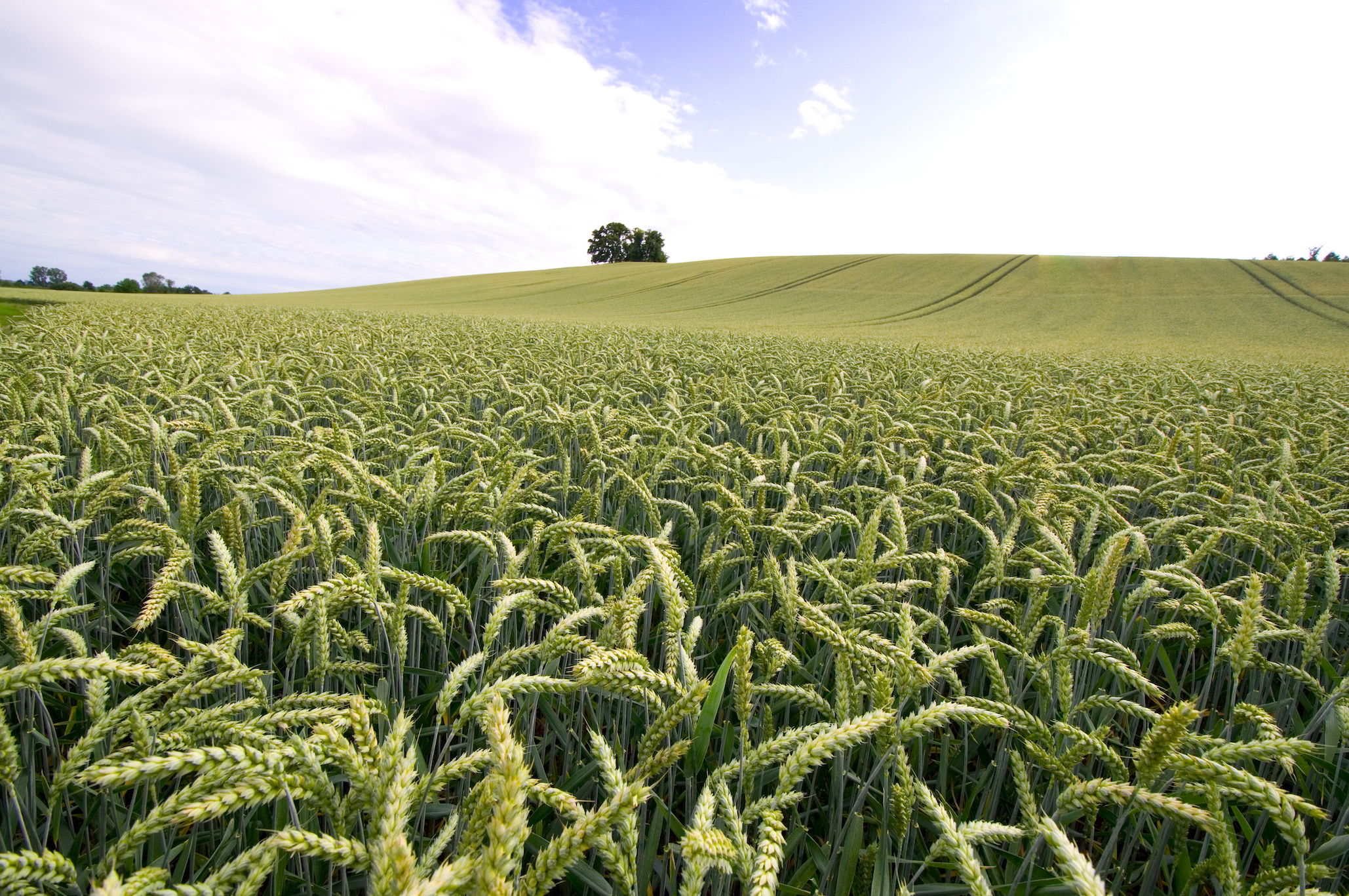High Yield Management: Winter Wheat
May 16, 2025

With High Management Winter Wheat it’s important that we start with a solid base fertility and weed free field prior to planting. And much like our row crops we need to plant as early as we can, generally shooting for around September 15th. By planting early, we gain a much higher yield potential by allowing the wheat more time to tiller and build a larger root structure.
Once winter breaks and the wheat comes out of dormancy, we should take tiller counts and look at applying our first shot of nitrogen, generally shooting for about 70 tillers/ft2. If we are under that number, we should look at applying about 60# of nitrogen along with about 15# Sulfur to encourage more tillering. Whereas if the tiller counts are adequate, we would look at applying 40# of Nitrogen with 10# Sulfur to maintain the tillers. Our second shot of nitrogen and sulfur should come just prior to Jointing to help alleviate denitrification and lodging risks. In total, I generally shoot for between 100-120# of total nitrogen on the wheat crop.
Apart from Nitrogen and sulfur it’s also important for us to pay attention to the micronutrient needs of our crop, whether that’s by adding micros into our nitrogen passes or by foliar feeding something like Max-In ZMB when we spray the fungicide and herbicide passes. We can monitor this by tissue testing to see what the crop actually requires.
When we make the herbicide passes, we need to make sure we are using a safe and effective herbicide like Huskie prior to jointing. We can also accompany this pass with a plant growth regulator like Palisade to help reduce lodging where it is a concern.
Finally, arguably the most critical piece of management is keeping the wheat healthy. Accompanying the herbicide with a fungicide like Priaxor or Stratego YLD can help protect the plant from Mildew and rust and help the crop utilize the nitrogen more efficiently. Protecting the grain head is paramount to obtaining a high yield. Applying products like Miravis Ace or Prosaro Pro can be a sure way to manage fusarium head blight. By using multiple passes of fungicide to keep the wheat disease free is our best opportunity to maximize yield and quality.
If you have any questions or would like a deeper conversation about high management winter wheat, please contact you local united agronomist.
Once winter breaks and the wheat comes out of dormancy, we should take tiller counts and look at applying our first shot of nitrogen, generally shooting for about 70 tillers/ft2. If we are under that number, we should look at applying about 60# of nitrogen along with about 15# Sulfur to encourage more tillering. Whereas if the tiller counts are adequate, we would look at applying 40# of Nitrogen with 10# Sulfur to maintain the tillers. Our second shot of nitrogen and sulfur should come just prior to Jointing to help alleviate denitrification and lodging risks. In total, I generally shoot for between 100-120# of total nitrogen on the wheat crop.
Apart from Nitrogen and sulfur it’s also important for us to pay attention to the micronutrient needs of our crop, whether that’s by adding micros into our nitrogen passes or by foliar feeding something like Max-In ZMB when we spray the fungicide and herbicide passes. We can monitor this by tissue testing to see what the crop actually requires.
When we make the herbicide passes, we need to make sure we are using a safe and effective herbicide like Huskie prior to jointing. We can also accompany this pass with a plant growth regulator like Palisade to help reduce lodging where it is a concern.
Finally, arguably the most critical piece of management is keeping the wheat healthy. Accompanying the herbicide with a fungicide like Priaxor or Stratego YLD can help protect the plant from Mildew and rust and help the crop utilize the nitrogen more efficiently. Protecting the grain head is paramount to obtaining a high yield. Applying products like Miravis Ace or Prosaro Pro can be a sure way to manage fusarium head blight. By using multiple passes of fungicide to keep the wheat disease free is our best opportunity to maximize yield and quality.
If you have any questions or would like a deeper conversation about high management winter wheat, please contact you local united agronomist.